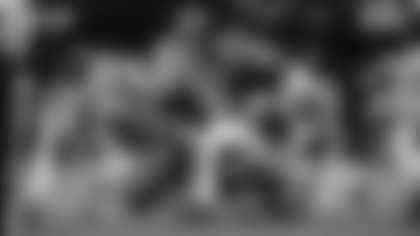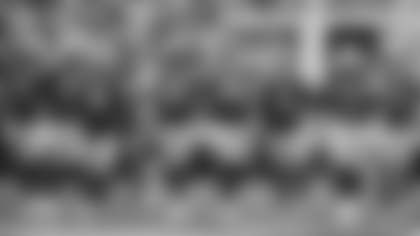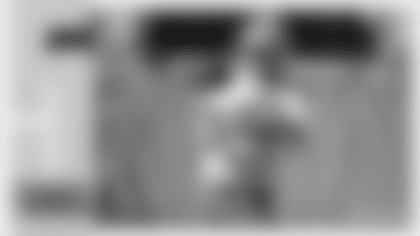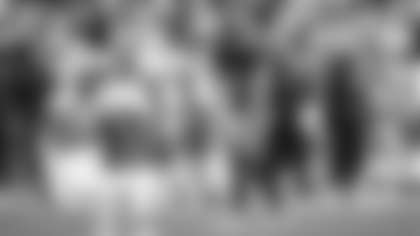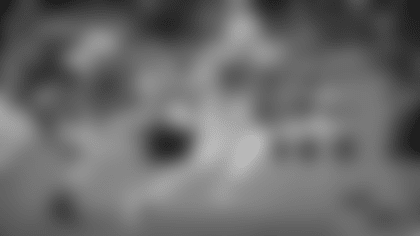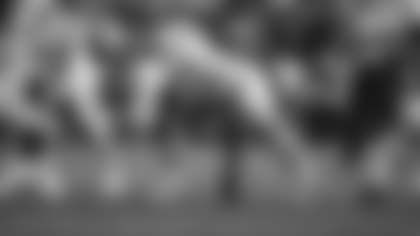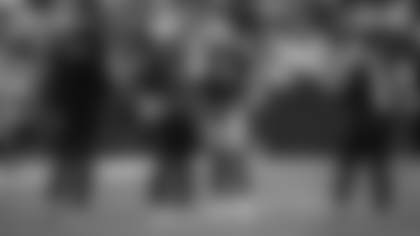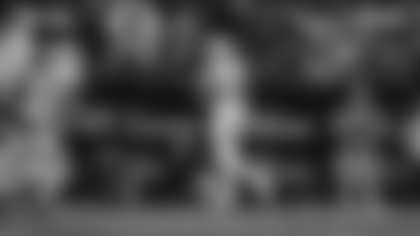In 2010, the Green Bay Packers will certainly strive to repeat their impressive defensive rankings from a year ago, namely finishing No. 2 overall in the NFL in yards allowed, and No. 1 against the run.
But the category the Packers have the keenest eye on, as all defenses do, is points allowed, and for Green Bay to improve on its solid No. 7 ranking in 2009 it has targeted one area in particular - red-zone defense.
"To me that's always got to be your No. 1 goal, if you can lead the league in scoring defense," defensive coordinator Dom Capers said. "In order to do that, when people get down in the red zone -- if they're going to get there -- you have to keep them kicking field goals rather than scoring touchdowns."
That's something the Packers admittedly struggled with last season. Opponents scored 28 touchdowns on 46 red-zone possessions (inside the 20) in 2009, a 60.9 percentage that ranked 13th in the NFC and 28th in the league.
On the plus side, the opponents' 46 red-zone possessions were the fourth fewest in the NFC and 10th fewest in the league. So offenses weren't getting down there a whole lot to begin with.
But when they did reach the red zone, they found the end zone far too often. And the Packers are targeting this defensive area because statistically it was a major barometer in the team's won-loss record.
In the 11 games Green Bay won last season, opponents scored TDs only 11 of 26 times in the red zone, or 42.3 percent. That number, over the course of 16 games, would have ranked fourth in the league in 2009.
But in the six games the Packers lost, including the playoff defeat in Arizona, offenses nearly doubled that rate to 22 TDs in 27 red-zone possessions, or 81.5 percent. The breakdown was as follows: Cincinnati 4-of-4, Minnesota (two games) 7-of-8, Tampa Bay 3-of-3, Pittsburgh 3-of-5, and Arizona 5-of-7.
Considering the Packers lost four of those games by a touchdown or less, it's easy to see that a couple of red-zone stops to force field goals here and there could have translated to another victory or two.
"You go back and critique every area of your defense, and we just felt that we need to make improvement, and we can make improvement down there," Capers said. "It's like anything. You normally get what you emphasize, and we're going to put a lot of emphasis on it."
Capers said that emphasis is going to come with more red-zone periods during the OTAs over the next month, and more importantly during training camp, when the pads are on and the players and coaches can crank up the atmosphere and the competitiveness.
Come training camp, the defense will get a legitimate test from the Packers' offense, which ranked ninth in the league in red-zone offense last year (34 TDs in 62 possessions), though the offensive coaching staff isn't necessarily satisfied with that and will be looking to boost efficiency as well.
But back to the defense. The good thing for the Packers is their deficiencies on defense in the red-zone were relatively one-sided.
{sportsad300}The Packers allowed only five rushing touchdowns in the regular season last year, fewest by Green Bay since the championship season of 1962 and a dramatic improvement from the 20 rushing TDs allowed in 2008 (which was the most in team annals since 1983). All five were on short runs, but in general opposing offenses didn't get into scoring territory and simply pound the ball on the ground toward the goal line with success.
But the pass defense does need to improve on its 23 TDs allowed in the red zone. The game changes inside the 20 because defenses have less territory to defend, but offenses will counter with formations, motions and shifts designed to take advantage of the slightest opening.
Offenses must rely more than ever on timing, which places a premium defensively on disrupting that timing. But if that disruption doesn't come right away, it's probably too late.
"You have to play differently down there," Capers said. "The field is shrunk, the ball is out much faster, things happen a lot quicker, and you can't have any hesitation. You have to respond very quickly down there."
The Packers plan to respond better in 2010. If they do, it would go a long way toward becoming the complete defense Capers envisions.
"It's an indication of what kind of defense you have in terms of accepting the challenge," he said. "If they're down in the red zone we're going to find a way to keep them out."



